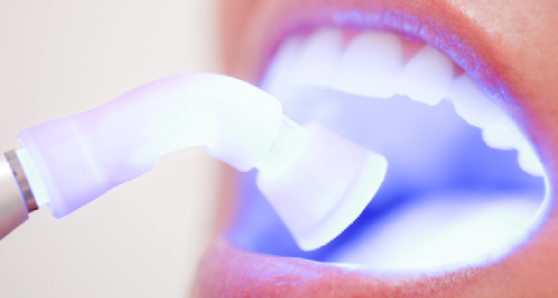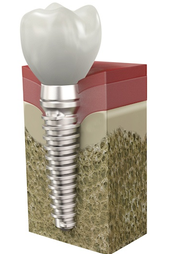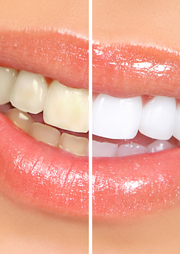Caries, or tooth decay, manifests itself as a dark stain with undefined edges and soft texture located on the occlusal (chewing) surfaces of teeth or in the interproximal areas (areas between the teeth).
In general, symptoms are limited until the decay becomes very extensive. At this point, the tooth becomes hypersensitive to cold and might require root canal therapy. Caries is caused by bacteria, and accurate oral hygiene greatly contributes to preventing its formation.
Until around 10 years ago, the material of choice for the majority of fillings was amalgam, a very resistant but un-aesthetic mixture of metals.
New materials, called composite resins, have been introduced in the last few years. These composites have several advantages over traditional amalgams. They are aesthetic materials supplied to dentists in various colours, so that restorations will be completely invisible to the patient’s eyes. Moreover, they bond strongly to the natural tissues of the teeth (enamel and dentin) and this means that there is no need to remove any healthy tooth material. Lastly, thanks to their adhesive properties, they prevent the risk of fractures, which are common when amalgams are used
The adhesive properties of composite materials also make it possible to restore fragments of fractured teeth into their original position in a way which is not only effective but also invisible.
The restoration of a decaying tooth is performed under local anaesthetic, so it is entirely painless. The dentist usually uses a dental dam made of rubber, which isolates the operative site (i.e. the tooth with caries) from the rest of the mouth, with advantages in terms of comfort and safety for both the patient and the operator.
Inlays and onlays are fillings prepared in a dental lab and then fitted to a previously prepared tooth cavity and cemented into place.
They are mostly used on back teeth, i.e. premolars and molars, where cavities are often large in size, in order to eliminate the problem of shrinkage of composite materials during polymerisation (see ‘composite fillings’ above). In other words, the tooth is prepared for a normal filling which, instead of being placed directly by the dentist, is previously manufactured by a dental lab, ensuring that the inlay perfectly matches the restoration area of the model. The dental technician uses composite or ceramic material to recreate the missing portion of the tooth, which will fill up the existing cavity with extreme precision, restoring the tooth to its original shape. The inlay is then cemented into place during a second session, by means of a special adhesive procedure and a very thin film of composite cement to eliminate any gap, thus greatly reducing the risk of bacterial infiltration.









